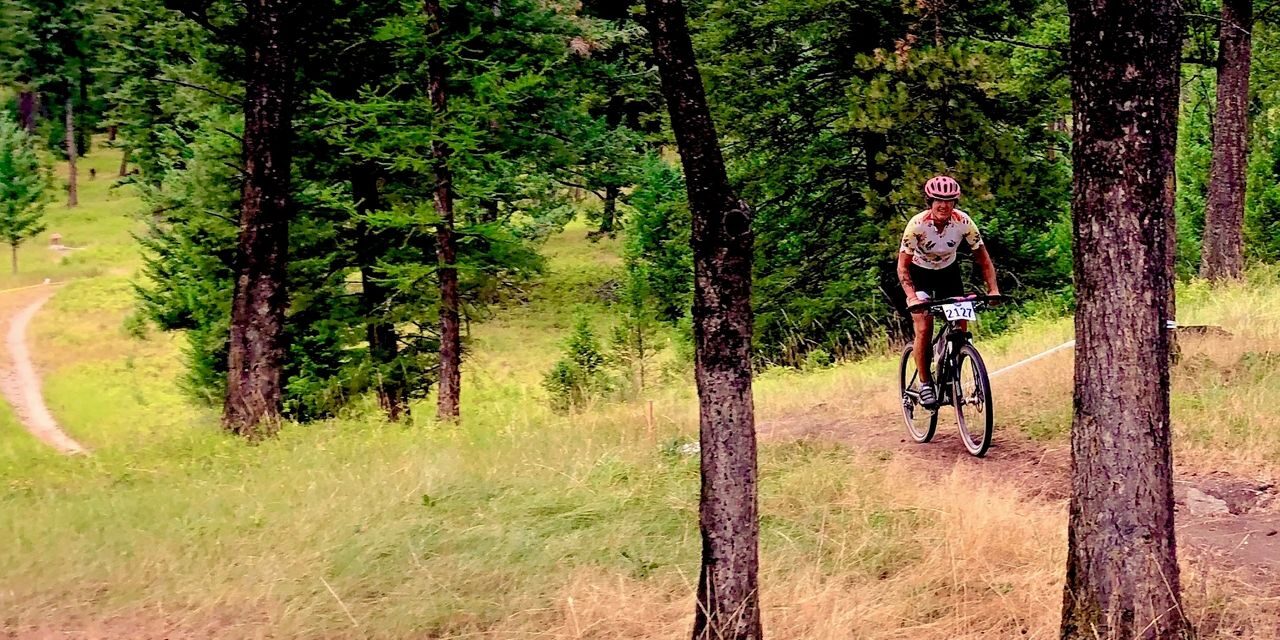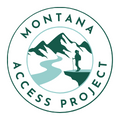Only A Thousand Yards

Only 1000 yards to go. That’s all that stands between your community trail and thousands of acres of public land. But that 1000 yards is on private land.
Creating trail on private land can be tough. Really tough. That challenge was confirmed for me at a recent gathering of community based trail makers from across the Rocky Mountain West.
From Dillon MT, to Sandpoint ID, to Salida CO, to Taos NM, trail makers said: “We look right at BLM, Forest Service State Land, [fill-in-the-blank public land] but we can’t get from here to there.” “We want to connect our parks, but there are two private landowners in between.” “We have this great river access for kids and families, but we have to get through private land.”
Here are a few tips I shared based on decades of legal experience providing public access across public and private land.
1) Lines on map. if you’re thinking about a trail system that crosses public land, talk to the landowner first, before sharing a map with big, bold lines drawn through private land. You can plan privately, but it is best obtain the landowner’s permission to share the route with the public.
2) Start quietly. It’s best to allow private landowners to contemplate public access outside of the public eye. A landowner might be receptive to your plan, or not, but might need some time to consult with family, friends or advisors.
3) Talk about key concerns. In my experience, the most frequent landowner concerns are liability, privacy, maintenance and cost. If a landowner is at all receptive, there are solutions to each challenge. It might take a little creativity, a little time and a little money, or all of the above, but the benefit will be worthwhile. Or they may take a lot of time, effort and money, but frequently, the investment will be worth it. If the landowner is not receptive, be patient. Owners can change and interests can change.
4) Think through the “what ifs” on the front end. If you are going to invest in a trail, make sure it is “built to last.” Who will hold the legal right for the public to access the land? Will that right expire? How will you manage the risk? How will the trail be maintained? Then think through the “what ifs”--What if the land sells, what if the nonprofit partner folds, what if… ? You can’t anticipate everything, but there are some common issues that should be addressed on the front end.
5) Find a public partner. Partnering with a government body can be a hassle, but there can be an advantage in order to minimize risk and liability exposure for community groups. While legal risks exist for anyone who provides public recreational access, local, state and federal government are covered by laws called “tort caps” that limit the dollar amount for injuries that might occur on the trail.
If you have a project, obstacle, or opportunity to think through, feel free to contact the Diane Conradi
